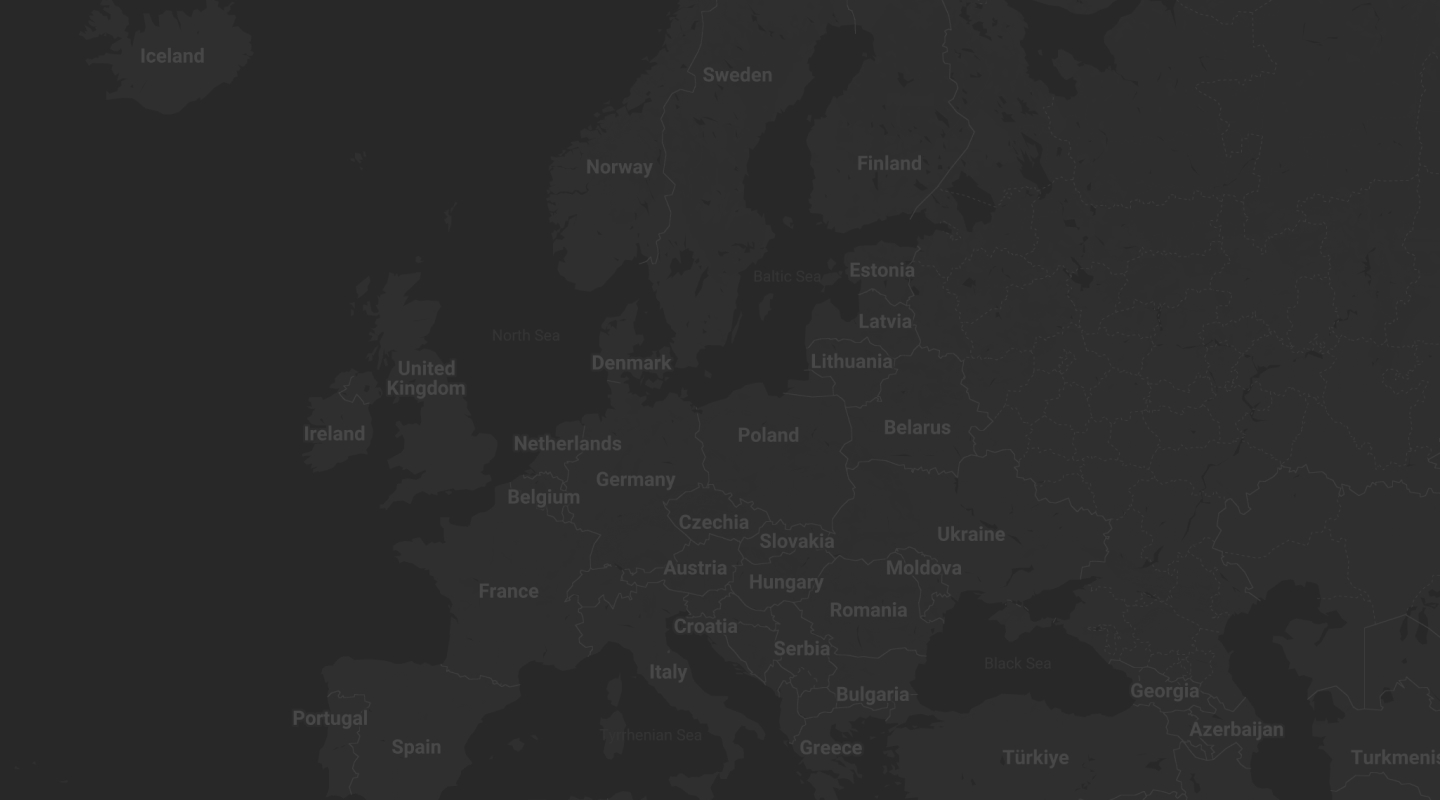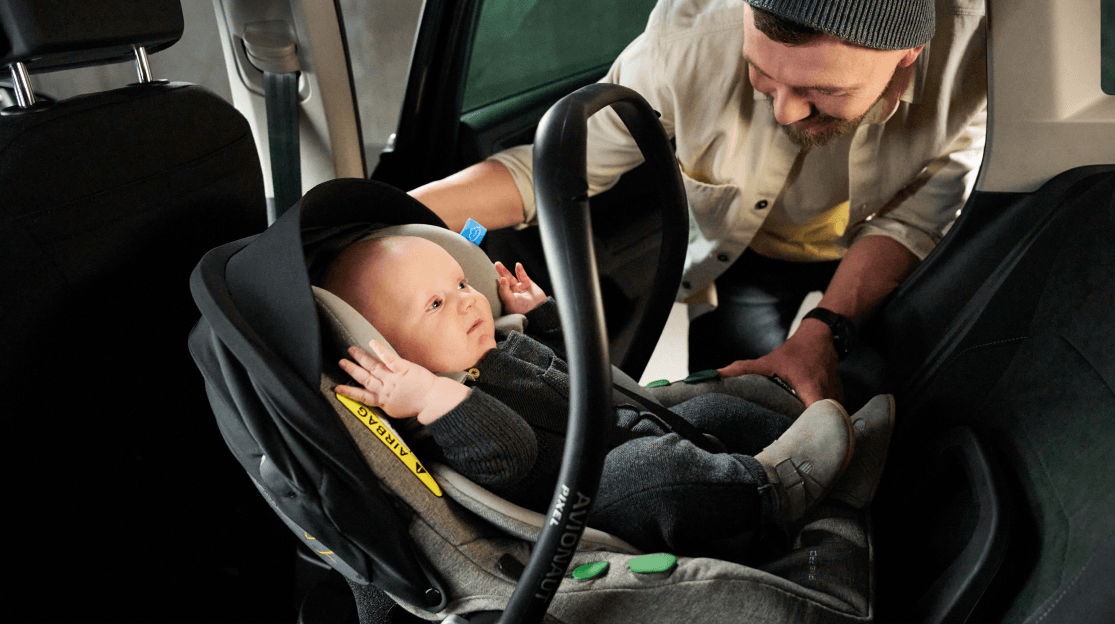
What is i-Size?
You already know that safety seats make a huge difference to the safety of the youngest passengers while travelling. However, whether they are licensed depends on their compliance with generally applicable law. One of the most important regulations is the i-Size homologation which refers to the height of the child. Although it was introduced relatively recently, it is already slowly replacing the ECE R44-04 standard which focuses on toddler weight. Why so? What else should you know about the i-Size regulation? Read the answers in the following text – enjoy!

Contents:
- What is the i-Size standard?
- How does i-Size homologation look in practice?
- i-Size standard versus ECE R44-04 homologation
- Why is the i-Size seat a better choice?
- Choose an i-Size car seat for your child
What is the i-Size standard?
The i-Size homologation is a regulation introduced in 2013 that sets out the requirements to be met by new car seats used within the European Union. Its emergence was dictated by the need to amend and unify legal provisions in force across the Member States. Based on many years of observation, it has been noted that the ECE R44-04 standard in force until now is no longer sufficient in light of the disappearance of trade borders and the influx of goods from outside Europe. However, the most important reason for the introduction of the i-Size standard is still the safety of our little ones. During the research into the consequences of dangerous road traffic events involving children, drawbacks of the R44-04 standard have been proven.
How does i-Size homologation look in practice?
The i-Size guidelines are the following:
- Height (over weight) criterion – this helps to make the decision to change to a larger seat at the right time. For many parents, this is still quite a puzzle. The i-Size homologation system is intended to eliminate this problem by presenting an upper height limit beyond which the seat must be replaced. In the case of infant seats, this is a maximum of approx. 80-86 cm in height, for seats for larger children a maximum of 105-125 cm.
- Obligation to use rearward-facing seats for children – experts agree that this position ensures greater safety and should be used for as long as possible (ideally up to the age of 4 years). This is because the bones and the muscles of the youngest passengers are not yet sufficiently developed which increases the risk of more serious injuries. The i-Size RWF car seat is designed to be mounted rearward-facing and protects the cervical vertebrae and the head of the child, ensuring the highest level of protection during a dangerous road accident.
- Increased protection for the spine, cervical vertebrae, head and various muscles of the child and reinforcement of the headrest side wings – for example, during a frontal collision, force is primarily absorbed by the back of the i-Size rearward-facing car seat. The increased level of safety has been confirmed by independent crash tests which examine the behaviour of the seat both in a frontal crash (at the speed of up to 72 km/h) and a side impact (at 50 km/h).
- Universal mounting – over the years, numerous studies have shown that the main issue with child seats is not their lack in the car, but incorrect fitting with the use of seat belts. The i-Size homologation requires the child safety seat to be fitted with the ISOFIX system, e. without the use of seat belts. This makes installation much easier, eliminating the risk of mistakes when attaching the seat to the backseat. Legal regulations for vehicles on European roads state that all cars manufactured after 2006 must be equipped with the ISOFIX system.
i-Size standard versus ECE R44-04 homologation
Although i-Size is newer and more in line with current safety standards, it is still possible to use seats that comply with ECE R44-04 (or its older version, ECE R44-03). It should be noted that the seat cannot meet both standards at the same time, but the absence of at least one of them is not compliant with the laws and results in preventing the product from being sold. You will find the orange label indicating compliance with R44-04 on the underside or side of the seat.
ECE R44-04 is gradually being withdrawn from the market – it is no longer possible to approve new seats under this standard or to establish extensions to the approvals of those already manufactured. However, it will take at least a few more years before the i-Size standard becomes the only applicable regulation. This is due to several reasons:
- a time-consuming and complicated legislative process;
- time needed by car companies and seat manufacturers to implement amendments;
- time needed by drivers to replace their old cars with ones adapted to the standardised child seat fitting system.
Why is the i-Size seat a better choice?
The ECE R44-04 approval does not offer a sufficient level of safety for babies and is often unable to meet the challenges posed by real life, life- and health-threatening situations on the road. This is especially evident in the crash test results – i-Size seats have a huge advantage in this field. During such tests, experts monitor how dummies behave in both frontal and side impacts as well as rollovers under controlled laboratory conditions. These dummies (marked with Q) are equipped with a number of modern sensors hat accurately simulate the body structure of a baby and the change in its position during a collision. The results obtained in this way are more reliable and give a better picture of the situation.
Unfortunately, the same cannot be said about the P-type dummies used in crash tests and studies on R44-04. They are less advanced and meet safety standards only in routine tests (only in controlled frontal collisions). i-Size seats are subjected to much more rigorous testing, and their safety standard is noticeably higher. This is the best possible choice for parents who care about the protection of their children in all traffic conditions.
Choose an i-Size car seat for your child
On the road, the safety of our little ones is paramount. The i-Size homologation ensures that during unexpected traffic events, children feel comfortable and safe, and parents are calm about them. Visit avionaut.com now, explore our knowledge base and choose an i-Size car seat that guarantees the highest level of safety for your child!



